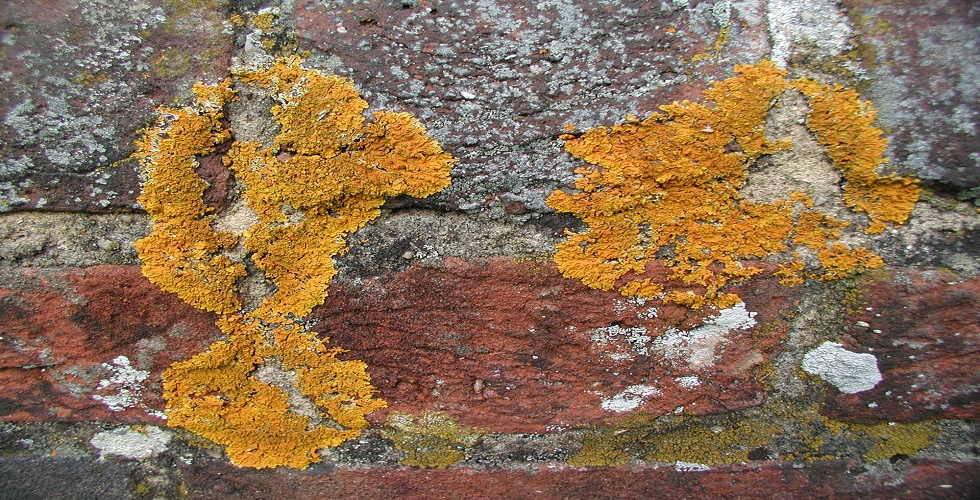
The orange-yellow pigment parietin has been shown to inhibit and even kill human cancer cells while leaving healthy cells unharmed.
Most orange and yellow crustose lichens that are often seen on rocks and trees contain a pigment called parietin. This pigment has now been shown to be a potential treatment of cancer.
Researchers at Emory University in the U.S. experimented using this pigment extracted from orange lichen on human leukemia cells.
The pigment appeared to inhibit the growth of the cancer cells and could also completely kill the cancer cells without harming surrounding healthy blood cells.
The team of researchers then tested the pigment on human cancer tumors in implanted in mice and yet again it indicated to be inhibiting growth.
The researchers then looked for any substance within the pigments that could be causing this effect. They noticed an enzyme that has previously been shown to be important in cancer cell’s rapid growth.
The orange pigment parietin does appear in some food items but has never been tried in human medicine.
The study 6-Phosphogluconate dehydrogenase links oxidative PPP, lipogenesis and tumor growth by inhibiting the LKB1-AMPK signaling has been published in Nature.
_______________
6-Phosphogluconate dehydrogenase links oxidative PPP, lipogenesis and tumor growth by inhibiting the LKB1-AMPK signaling
_______________

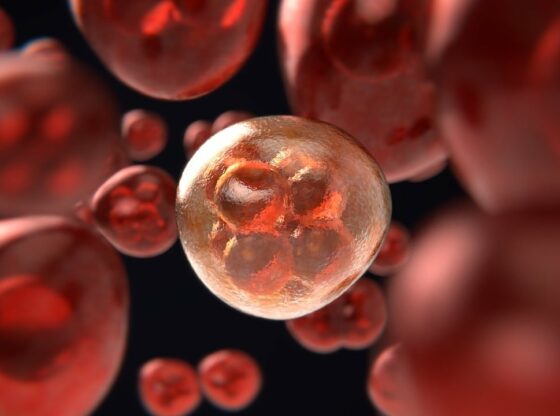

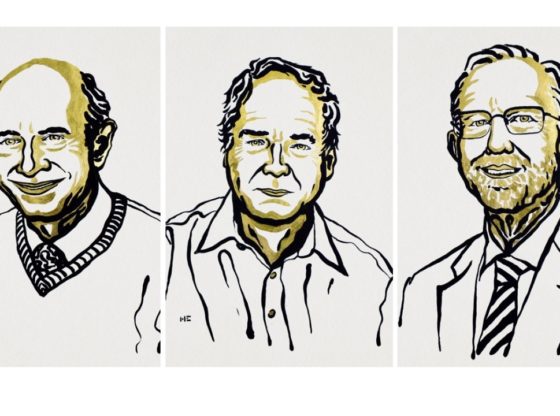
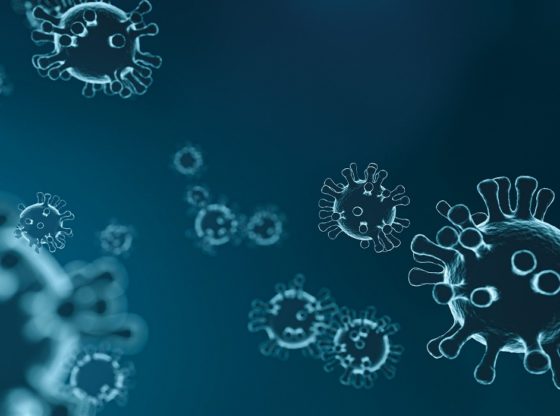
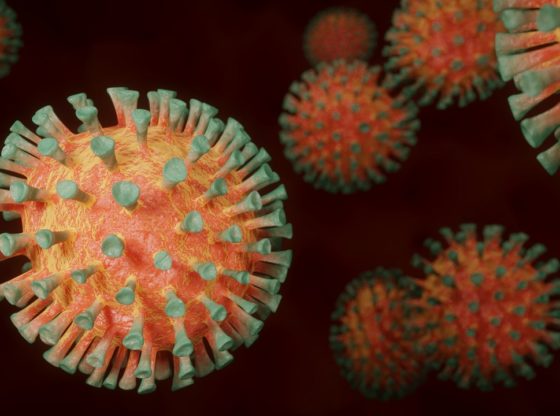
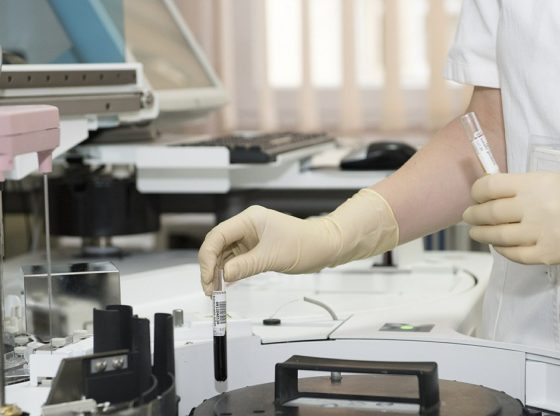
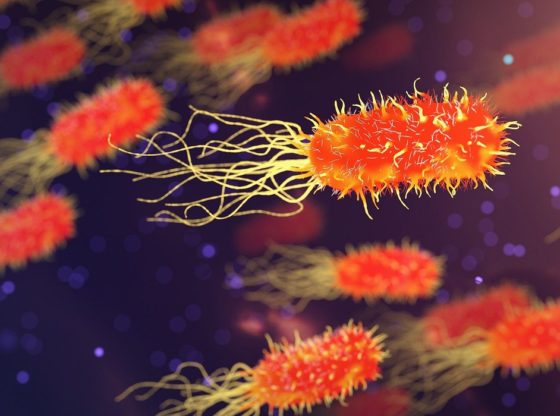
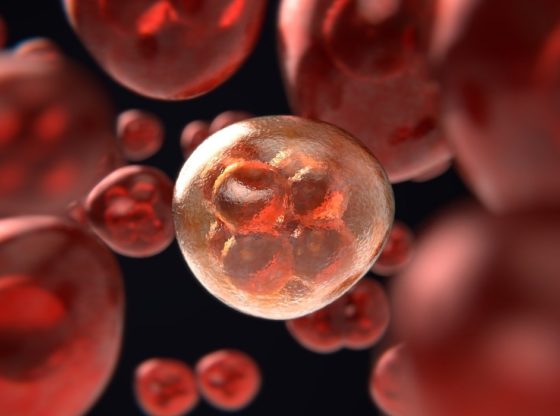


![OpenAI. (2025). ChatGPT [Large language model]. https://chatgpt.com](https://www.illustratedcuriosity.com/files/media/55136/b1b0b614-5b72-486c-901d-ff244549d67a-350x260.webp)
![OpenAI. (2025). ChatGPT [Large language model]. https://chatgpt.com](https://www.illustratedcuriosity.com/files/media/55124/79bc18fa-f616-4951-856f-cc724ad5d497-350x260.webp)
![OpenAI. (2025). ChatGPT [Large language model]. https://chatgpt.com](https://www.illustratedcuriosity.com/files/media/55099/2638a982-b4de-4913-8a1c-1479df352bf3-350x260.webp)








